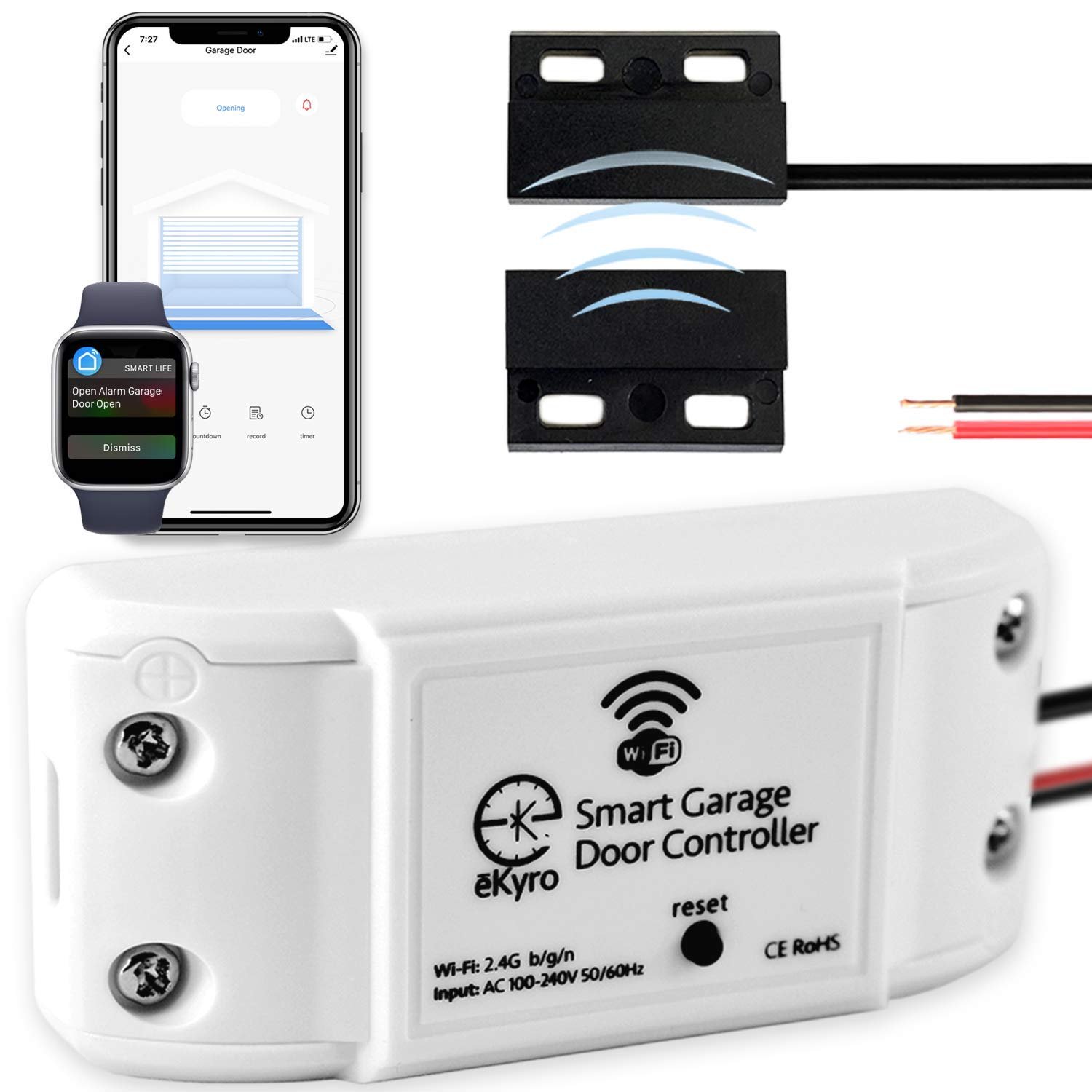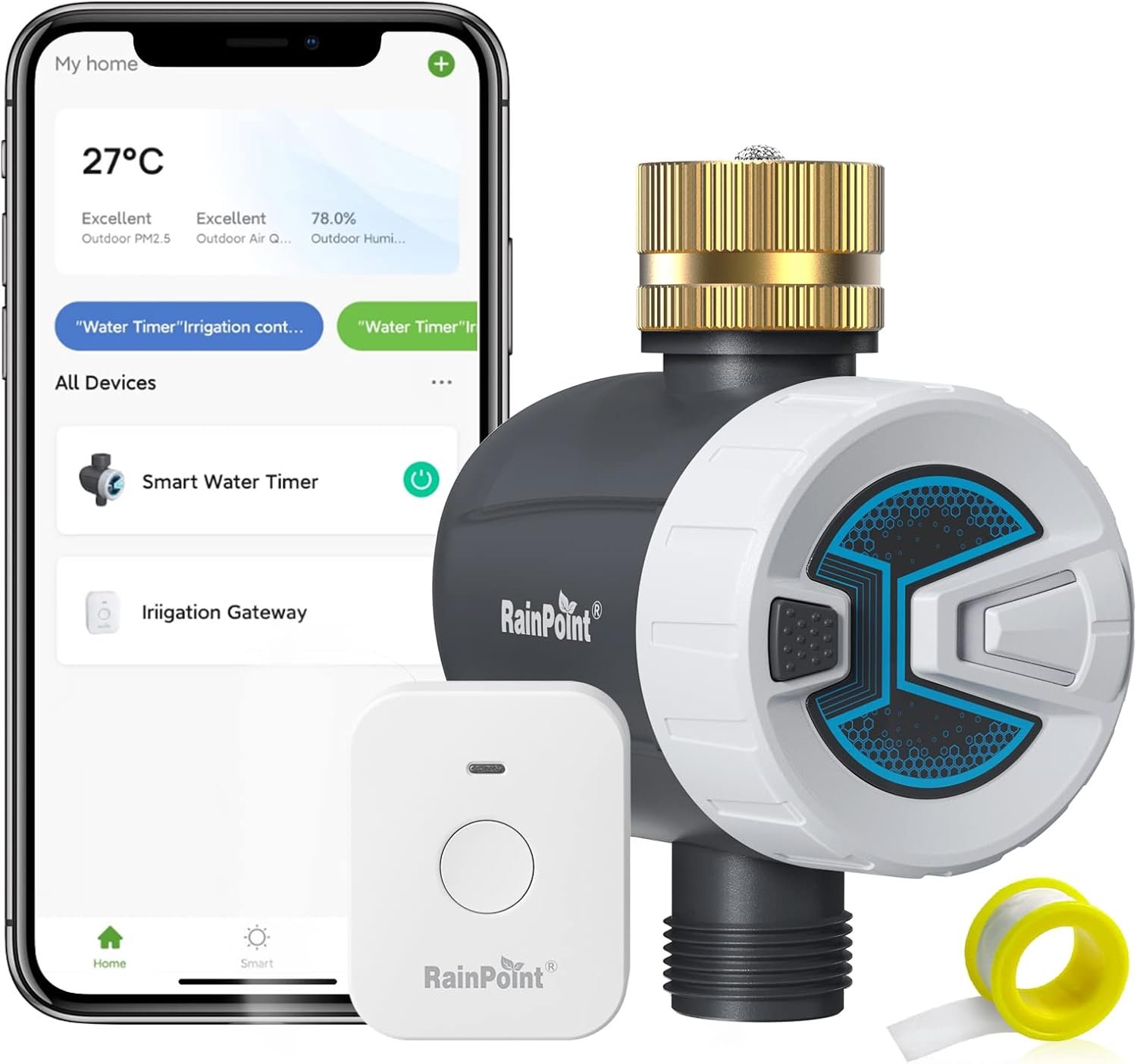Have you ever wondered how safe your home truly is, even with all the advances in smart home technology? With smart home security systems becoming increasingly popular, homeowners and renters alike find themselves in a landscape saturated with options, especially when it comes to storing those crucial security footage files. Luckily, cloud storage offers a compelling solution, allowing you to manage and access your security data efficiently. But with many cloud storage options available for your smart home security footage, which path do you choose?

What is Cloud Storage in Smart Home Security?
Cloud storage is the method of storing data on remote servers instead of local devices, allowing you to access your data anytime through the internet. In the context of smart home security, it means that the video and audio files captured by your security cameras or doorbells are sent and stored in the cloud. This has transformed how smart security systems operate, as it adds an extra layer of convenience and security.
How Does Cloud Storage Work for Smart Security Footage?
When your smart security device captures footage, it can be uploaded to a cloud service immediately or as scheduled. Unlike traditional setups that save data on local storage like hard drives or SD cards, cloud storage ensures you won’t lose footage even if your device is damaged or stolen. You can access and manage these files remotely, making it easier to monitor your home from anywhere.
Why Choose Cloud Storage?
Opting for cloud storage offers various advantages that can enhance your smart home security experience. It’s crucial to understand these to determine if it’s the right choice for your needs.
Key Benefits
-
Accessibility: You can access your security footage from any device connected to the internet—be it a smartphone, tablet, or computer. This means you can keep an eye on your property regardless of your location.
-
Security and Redundancy: Cloud storage is typically protected by advanced encryption methods, reducing the risk of footage theft or data breaches. It also comes with redundant backup systems, protecting data against hardware failures.
-
Scalability: Unlike local storage, cloud storage can scale. You can upgrade your storage plan if your needs grow, without worrying about hardware limitations.
-
Automated Management: Cloud services often have features like automatic backups, updates, and file organization, which alleviate the burden of manual maintenance.
Types of Cloud Storage for Smart Security
Understanding the variety of cloud storage options available is crucial in making an informed decision. Below, we breakdown the major categories of cloud storage options:
Subscription-Based Plans
These are the most common types of cloud storage for smart home systems. They require a monthly or yearly fee but often come with robust features, including 24/7 recording, extended storage periods, and enhanced security protocols.
Free Cloud Storage
Some brands offer limited free cloud storage as a part of their package. While they may limit data storage duration or amount, they provide an accessible way to gauge the cloud service before advancing to paid plans.
Hybrid Models
Some systems allow both local and cloud storage. This dual approach lets you store recent files locally while archiving older files in the cloud, thus balancing cost, accessibility, and security.
Comparing Popular Cloud Storage Providers
The market for cloud storage is vast, with many providers offering different features. Here’s a comparison of some of the most popular options:
| Provider | Free Storage Tier | Paid Plans | Notable Features |
|---|---|---|---|
| Arlo Secure | Limited | Various tiers | Custom alerts, emergency response alerts |
| Ring Protect | No | Basic & Plus plans | 60-day video history, Snapshot Capture |
| Google Nest | 3 hours snapshot | Nest Aware | Familiar face recognition, activity zones |
| Amazon Cloud Cam | Yes | Extended plans | Person detection, priority support |
| Eufy Security | Yes | No required plan | Local storage on some models, 256-bit encryption |
This table gives you a quick glance at what each provider may offer based on your needs.

Smart Security Device Integration
A key aspect of choosing a cloud storage option is ensuring it integrates seamlessly with your smart home devices. Here’s how different products play into this:
AI-Powered Motion Detection
Many smart devices use AI to differentiate between normal activities and potential threats. The cloud-based AI further enhances this by quickly processing large amounts of data and refining detection accuracy.
Two-Way Audio Features
Cloud integration allows the use of two-way audio more effectively. For instance, you can communicate with someone at your door in real time, regardless of your physical location, by using the app connected to your cloud provider.
Night Vision and Cloud Storage
Devices with night vision can still demand a lot of storage for full-color and HD footage. Choosing an appropriate cloud storage plan ensures these files are efficiently stored without losing crucial data.
Security and Privacy: What to Consider
As with any internet-based service, using cloud storage for your security footage comes with its own set of privacy and security concerns. Here are some points to consider:
Data Encryption
Data encryption is crucial in ensuring that your footage cannot be accessed by unauthorized individuals. Ensure that your cloud provider uses end-to-end encryption for maximum security.
Policy Transparency
Understand your provider’s privacy policy, especially regarding data retention, sharing, and their compliance with data protection laws.
Protecting Against Hacking
Choose a provider that offers two-factor authentication (2FA) and regular firmware updates to help prevent potential hacking threats.
Practical Tips for Cloud Storage Optimization
To make the most of your cloud storage, consider these practical tips:
Optimize Recording Settings
Adjust your camera’s recording settings to prioritize important footage while minimizing storage use. For example, activate motion-activated recording instead of continuous streaming.
Regularly Update Your Devices
Keeping your security devices updated ensures they are functioning at their best and the software is free from vulnerabilities.
Review Storage Plans Regularly
As your storage needs evolve, make sure to revisit your cloud plan to ensure it still meets your requirements without unnecessary costs.
Cloud Storage and Emerging Trends
As technology advances, cloud storage, too, will evolve. Here are a few trends worth paying attention to:
Integration with AI and IoT
With AI becoming more capable and widespread, expect tighter integration between AI, IoT devices, and cloud storage. This will lead to smarter security solutions that not only store data but also analyze threats in real-time.
Enhanced Cybersecurity
Expect improvements in cybersecurity measures, such as better encryption methods and compliance with strict security regulations, to protect cloud-stored footage.
Intelligent Data Management
Future cloud services are likely to offer better data management tools that can prioritize important data and delete unnecessary files automatically, optimizing storage use.
Real-Life Scenarios and Case Studies
Imagine a scenario where a homeowner is abroad, and their smart security system detects an intruder. The footage is instantly uploaded to the cloud, allowing the homeowner to alert the authorities in real time. Such real cases highlight the instrumental role cloud storage plays in modern security systems.
Encouragement to Take Action
With so many options available, it might feel overwhelming to pick the right cloud storage for your smart home security. However, with a clear understanding of your needs and the available features, choosing a suitable storage solution becomes much simpler. Evaluate your security goals, research your options, and take the steps needed to ensure your smart home’s safety.
In this realm of smart home security, cloud storage is no longer just an option; it’s a pivotal feature that significantly impacts the effectiveness and convenience of your entire system. Consider all these aspects carefully, and you’ll be prepared to select an option that fits perfectly into your lifestyle.
Disclosure: As an Amazon Associate, I earn from qualifying purchases.





